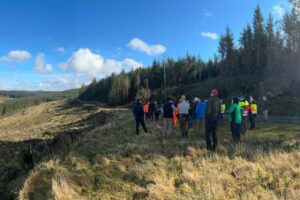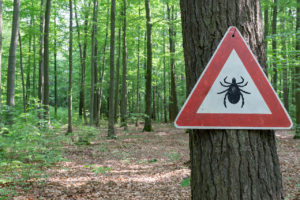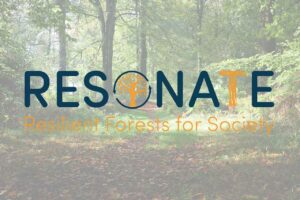Why Trees in Cities are Phenomenal Investments in Urban Infrastructure
The tree in front of my residence in Halifax is an American elm of about ninety years of age. In an interview with a reporter last year I referred to it as a veritable workhorse. The reporter looked puzzled, so I explained.
The tree enhances the aesthetic beauty of the streetscape. It helps conserve fuel by slowing down traffic and shading cars parked in the street. The shade prolongs the life of the street’s asphalt. The tree shades my house in summer and reduces wind in winter. It enhances the safety of the neighbourhood by making it more pleasant for residents to spend time outdoors. It shades people from harmful UV radiation. It captures carbon from the air. It cools the city on hot days. It slows down storm water flow. Its leaves filter harmful particulates from the air. It provides a home for countless species of insects, plants, birds, and mammals (like squirrels). It contributes to fostering health and healing for people – the research evidence is abundant and clear that trees are just plain good for people’s wellbeing.
Trees are a Fundamental to Green Infrastructure
It should be clear from this account that trees are by far the most important component of urban green infrastructure and, therefore, need to be managed carefully. Most cities are now bringing rigour to resource allocation through urban-forest management plans. The plans usually feature ongoing or increased tree planting and maintenance and use of stronger rules and regulations regarding how trees are treated in the context of ongoing city development. They also make provisions for urban-forest managers to assist citizen groups and property owners to engage in stewardship and learning programs to improve the privately owned urban canopy.
A Wise Investment
Governments, corporations and individuals all make investments where the benefits are not measured in terms of financial profit but simply what citizens’ demand for a good life. Fortunately, for trees, we can make some rough calculations. The USDA Forest Service has developed a family of tools, called iTree (www.itreetools.org), for calculating the financial value of many of the ecosystem services provided by trees. Cities around the world have adopted this approach to get a sense of the indirect financial payback from investments in urban forest management. In all cases, the benefits exceed the costs; in many by up to five to ten times. When one realises that this accounts for about only a third of the trees benefits listed above, surely the conclusion is that urban trees represent about as wise an investment as any municipal government and property owner can make.
Two Views – One Outcome
We must acknowledge that trees have some downsides. They may produce pollen that irritates some allergy sufferers. Their leaf drop and dead branches are a burden for people to clean up. In a storm, falling trees represent a hazard to life and limb, plus the cost and inconvenience of power outages. Tree roots tend to find leaks in underground pipes and can make matters worse underground. Tree roots often upset curbs and sidewalks.
However, to me, the benefits streams still overwhelm the costs and burdens of trees. So the message is this: if we do a proper accounting of all the benefits of trees in the city as well as their costs, financial and otherwise, we will invariably find the trees to be exceptional value for money. My street tree is a veritable workhorse, and I cherish it deeply.
Citation: Duinker, P. 2017. Trees in the city: why trees in cities are phenomenal investments in urban infrastructure. Municipal World 127(1):3-5.
Professor Duinker will present “The Conundrum of Roadside Trees”, a research paper, at the Trees, People and the Built Environment Conference.
Disclaimer: The views and opinions expressed in this article are those of the author and do not necessarily reflect the views of the Institute of Chartered Foresters.






